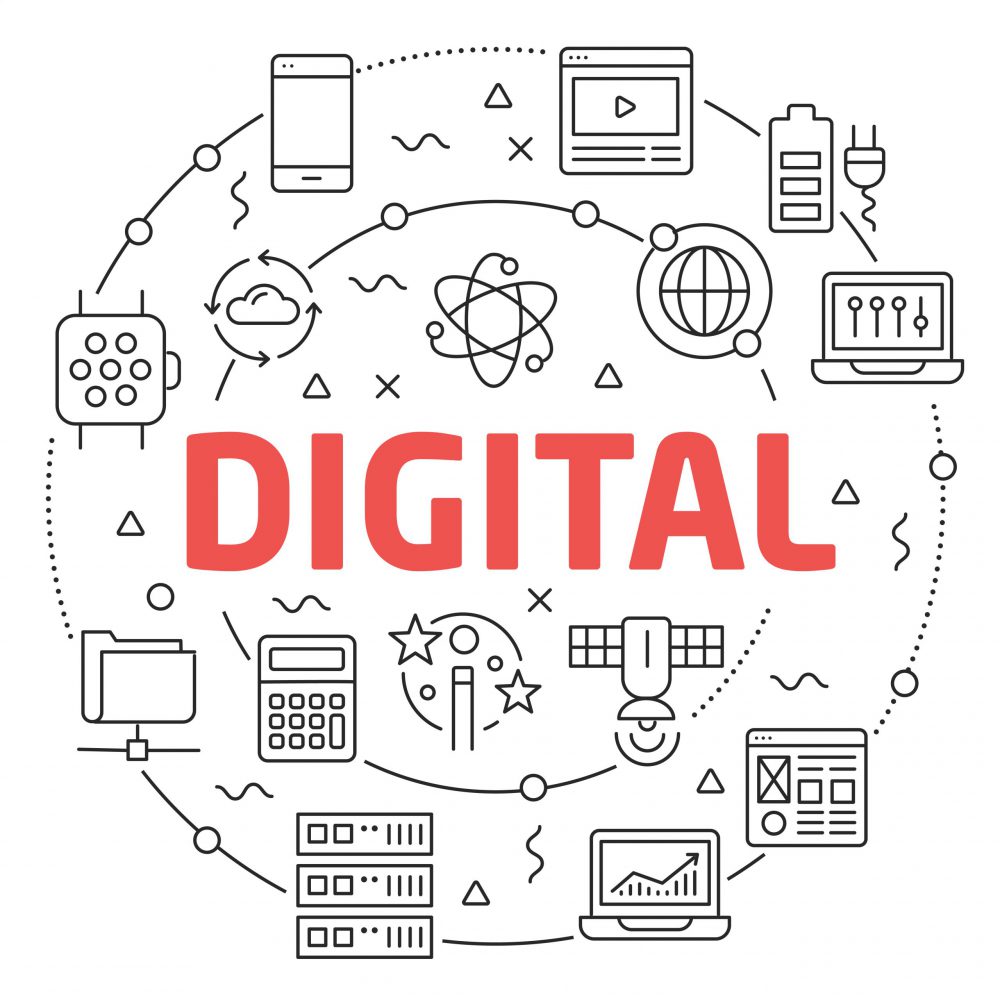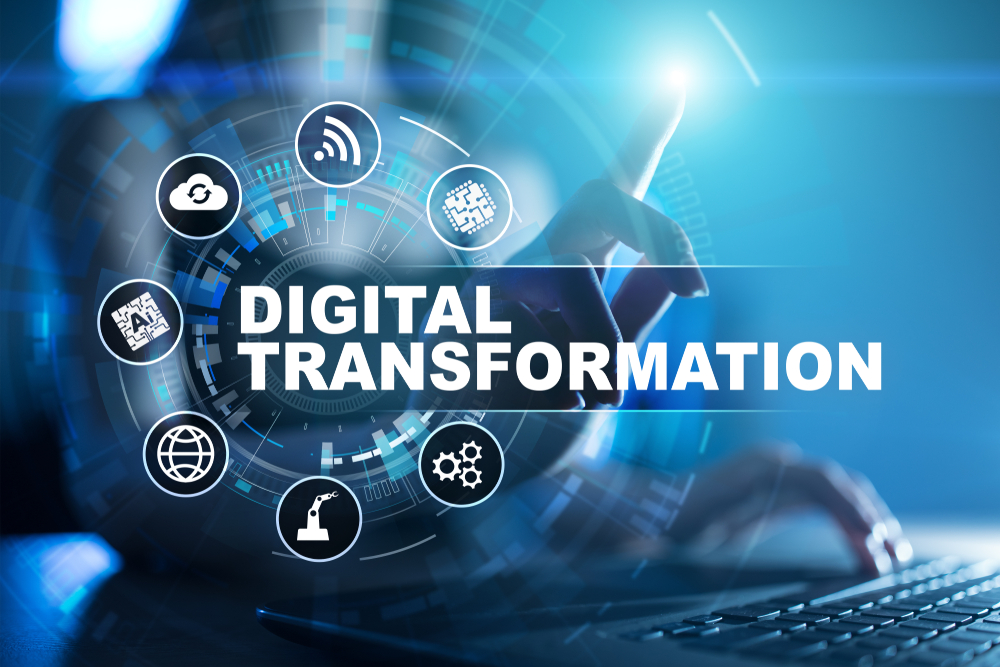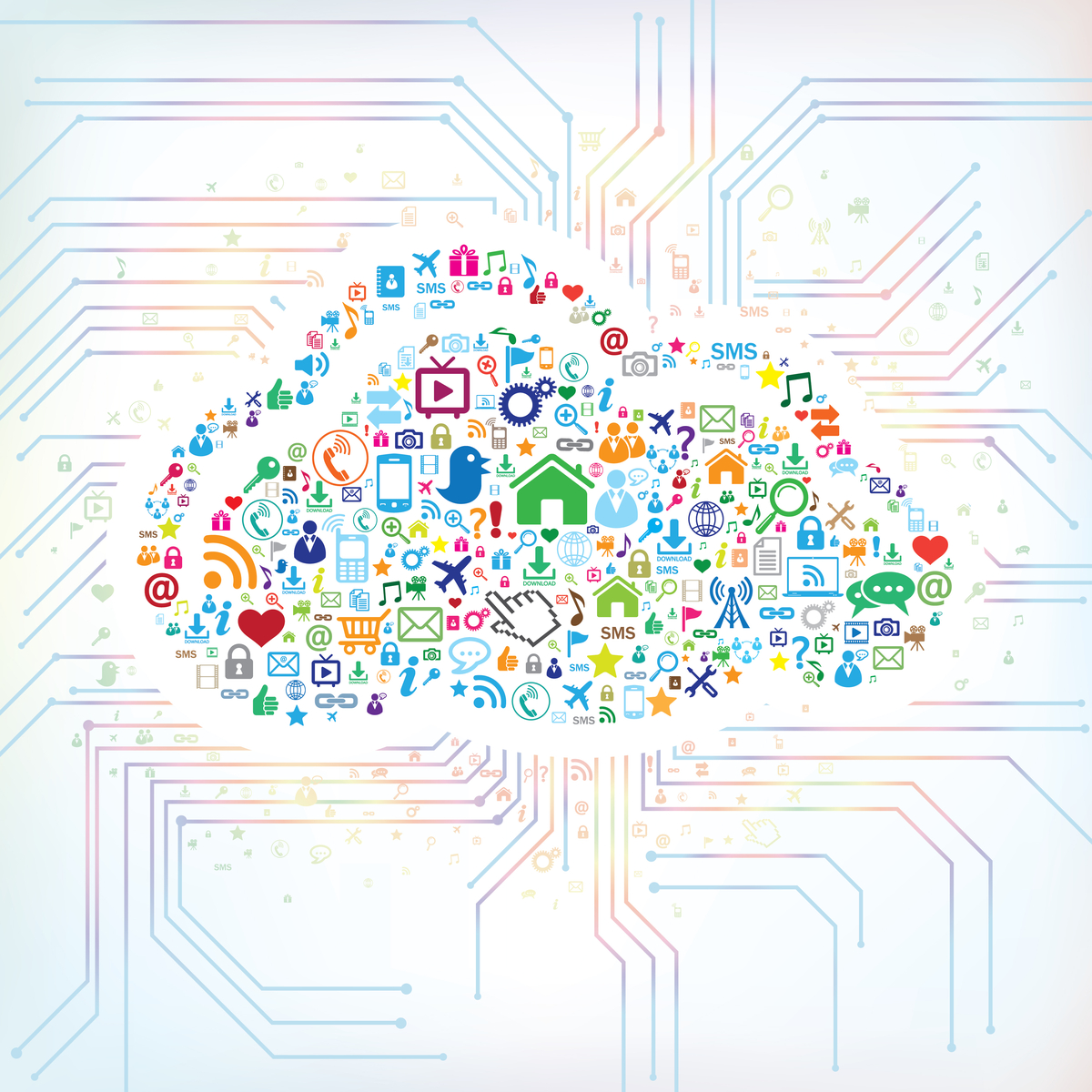Digital Transformation Metrics for Leaders
Have you considered these metrics for your Digital Transformation progress?
How leaders can manage Digital Transformation remotely
Here are some Do’s and Don’ts for the leaders as they manage Digital Transformation with their teams and organization:
Interested in Data Science and Machine Learning?
Do you want to learn about the basics of Data Science and get started with Machine Learning quickly? Then, watch these short videos to get started.
Are you interested in Learning about the Cloud?
Are you new to the world of Cloud Computing? Are you interested in learning about Microsoft’s Azure Cloud? This post shows you some of the key topics to learn as you start your Cloud journey.
Wanting to innovate and experiment as a team?
Do you want to innovate and experiment? Here are some guidelines for you and your team to think out of the box to generate ideas to succeed as a team or an organization.
Starting to learn about Cloud Computing?
Are you just getting into learning about Cloud Computing? This post shows some of the key topics to get you started in the right direction with core topics.
How to continue Digital Transformation in the age of Covid-19
As we live through this Covid-19 pandemic crisis we are seeing mixed reports out on the predicted IT and digital transformation budgets for the next few years. The level of digital transformation investments is complex and depends on many factors, key among them being the size of your organization (small, medium or large), type of industry or the type of IT spending. Read more…
Cloud Computing to the rescue during the Covid-19 pandemic
Cloud Computing has come to the rescue for many organizations and professionals in not only helping them work remotely but also to secure their jobs in these uncertain times. In this age of Covid-19 pandemic many companies have closed their physical offices and facilities and have asked their employees to work remotely from home. Without Cloud Computing in place and accessible to companies of all sizes, this massive remote work paradigm would not have been possible. Read more…
Understanding Enterprise Online Communities and their benefits
Digital or online communities can help an organization accomplish their key goals – building a brand, providing customer support, gathering customer feedback or product feature requests and providing learning or training resources to the customers, just to name a few. Kati Quigley, Senior Director of Product Marketing at Microsoft, who has led and managed various professional communities throughout her career… Read more…
Join our Mailing List
Subscribe to our mailing list and get additional information on Digital Transformation, Cloud, AI, ML, IoT, Emerging Technologies, Education, Training and other related topics
Thank you for subscribing.
Something went wrong.









